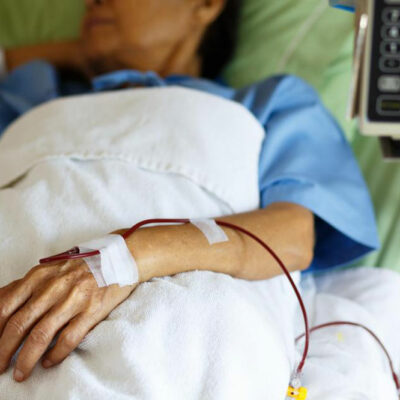
Health
Symptoms, Causes and Risk Factors of ADHD
ADHD, attention deficit hyperactivity disorder, is a neurological condition mostly affecting children. It impacts the brain’s ability to focus and execute tasks. People suffering from ADHD find it hard to concentrate. There are many symptoms, causes, and risk factors of ADHD. Let us learn about a few of them. Symptoms are as follows: Interruptions People or children who have been diagnosed with ADHD have trouble sitting still, and they interrupt conversations between people. This is due to the self-focused behavior of the person, meaning the person isn’t able to identify other’s needs. Emotional outbursts Those with ADHD may find it challenging to keep their emotions at bay. They may have emotional outbursts at inappropriate times. In children, we can also see temper tantrums. Fidgeting It is difficult for a person with ADHD to sit still for a long period. Because they are hyperactive, they will fidget too much. Get up or wiggle in their seat and become uncomfortable when they are forced to sit for longer than desired. Lack of concentration Even if you are talking to a person with ADHD directly, they may lose focus during the conversation and get distracted. They have trouble paying attention, and even if they claim they heard what you said, they won’t remember it soon after.
Read More 















